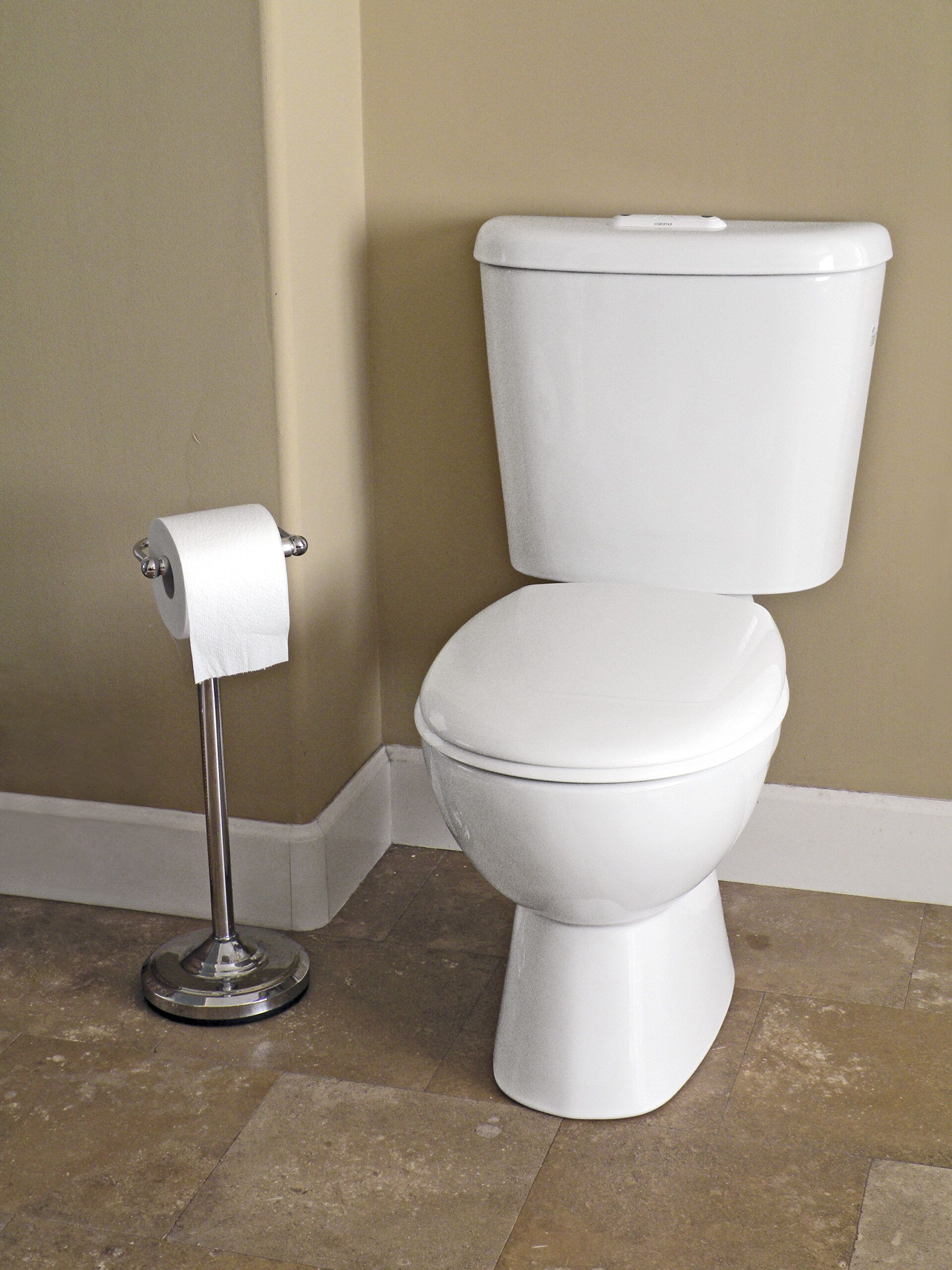Toilets are essential to any home, but you don’t think much about them unless they’re not working. If your toilet is more than 20 years old or you’re experiencing frequent clogs or flushing problems, it might be time for an upgrade. Modern toilets have better water efficiency, flushing performance, and cleaning capabilities. In this guide, we’ll walk you through signs that your toilet might be due for an upgrade and the benefits of a new toilet.
Signs Your Toilet Needs an Upgrade
Recognizing when it’s time to replace your toilet can save you money on water bills and prevent potential plumbing issues. Here are some key indicators that it’s time for an upgrade:
- Age of your toilet: If your toilet is more than 20 years old, it’s likely using more water than necessary and may not meet the current efficiency standards.
- Flushing performance: A toilet that requires multiple flushes to clear waste is a clear sign that it’s time for an upgrade. Inefficient flushing wastes water and can cause clogs and other plumbing issues.
- Water usage: If you notice a steady increase in your water bills without a corresponding increase in usage, your toilet might be the culprit. According to the Environmental Protection Agency, older toilets use up to 6 gallons per flush (gpf), while modern low-flow models use 1.28 gpf or less.
Benefits of Modern Toilet Technology
Investing in a new toilet will benefit you more than just having a new fixture. Let’s explore some of the advantages of upgrading to modern toilet technology:
- Enhanced bowl cleaning ability: Modern toilets often feature improved bowl designs and glazing that make them easier to clean and maintain. Some models incorporate special coatings or rim designs that help prevent waste and bacteria from sticking to the bowl surface, keeping your toilet cleaner for longer.
- Improved flushing power: Despite using less water, newer toilets often provide better flushing performance than their predecessors. Advanced flushing systems and redesigned bowl shapes make waste removal more effective, which reduces the likelihood of clogs and the need for multiple flushes.
- Water conservation: One of the most significant benefits of upgrading your toilet is improved water efficiency. Modern low-flow toilets can save thousands of gallons of water per year compared to older models. This not only reduces your environmental impact but also translates to lower water bills.
Understanding Toilet Efficiency Standards
To make an informed decision when upgrading your toilet, understand the efficiency standards of modern toilet design.
- 1.6 gallons per flush mandate: In 1992, the United States implemented a national standard requiring all new toilets to use no more than 1.6 gallons per flush. This mandate marked a significant shift toward water conservation in household plumbing.
- EPA’s WaterSense Program: The Environmental Protection Agency (EPA) introduced the WaterSense program in 2006 to promote water efficiency and conservation. WaterSense-labeled toilets use no more than 1.28 gpf while providing equal or superior performance to standard models. These toilets undergo rigorous testing to ensure they meet strict efficiency and performance criteria.
- State-specific requirements: Some states have implemented even stricter water efficiency standards for toilets. For example, California and Georgia now require toilets to use no more than 1.28 gpf. When upgrading your toilet, research any state-specific requirements that may apply to your area.
How To Choose the Right Toilet Upgrade
When choosing a new toilet for your home, you want to get the best combination of efficiency, performance, and value.
Assessing Your Household Needs
Consider your household size, water usage patterns, and any specific requirements you may have, such as accessibility features or design preferences. This will help you narrow down your options and choose a toilet that fits your needs.
Comparing Toilet Models
Research different toilet models, paying attention to features such as flushing systems, bowl shape, and water efficiency ratings. Look for WaterSense-labeled toilets to ensure you’re getting a product that meets high efficiency standards.
Reading Independent Performance Data
For objective information on toilet performance, visit the Maximum Performance (MaP) testing website. MaP provides independent data on how well different toilet models perform, including their ability to handle simulated waste in a single flush. This resource makes it easy to compare the real-world performance of various toilet models.
Toilet Upgrade Costs
When considering a toilet upgrade, weigh both the initial investment and the potential long-term savings in your cost assessment.
Initial Investment
According to Angi’s cost data, a new toilet can cost anywhere from $100–$3,000. Installation costs should also be factored in, which can range from $224–$533, with most people paying $374 on average. Toilet installation costs can range based on the cost of the toilet itself, the cost of installation, and any extra labor. Other cost factors include the brand and type of toilet, installation location, and whether you want any extra features.
Long-Term Savings on Water Bills
While the upfront cost of a new toilet may seem high, the long-term water savings can offset this investment. Upgrading from an old, inefficient toilet to a modern 1.28 gpf model could save you nearly 13,000 gallons of water per year, which results in $170 off your water bills each year.
Return on Investment From Improved Home Value
Upgrading to a modern, efficient toilet can contribute to your home’s overall value. Potential homebuyers often look for updated fixtures and appliances that reflect an investment in quality and sustainability. By installing a high-efficiency toilet, you can improve your home’s appeal and marketability, potentially yielding a higher return on investment when it comes time to sell.

